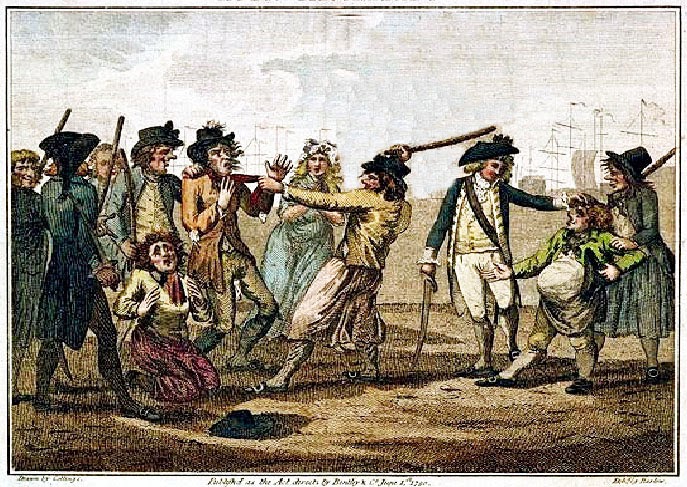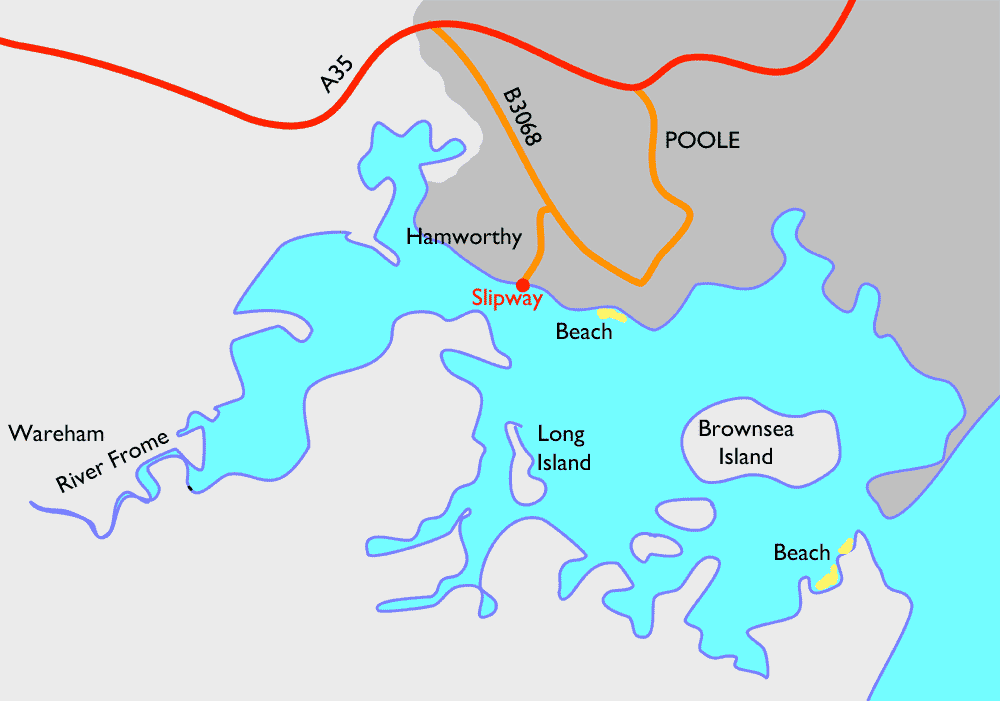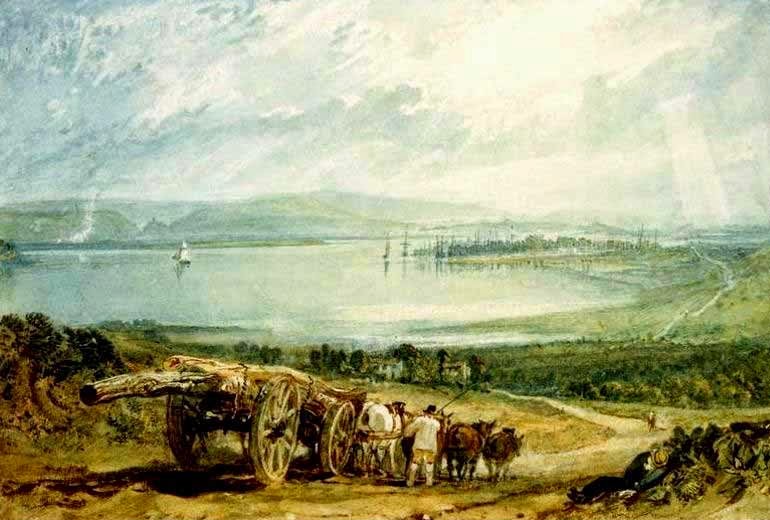When George III donned the royal bathing trunks for his daily swim at Weymouth he was faced with all the complexities of a trip to the moon. Seawater had been promoted for its health benefits since the 1730s and was a serious business. It included early morning bathes, drinking half a pint of seawater and a massage with seaweed. Afterwards a half hour in bed was recommended followed by outdoor exercise.
'I was terribly frightened, & really thought I should never have recovered from the Plunge-I had not Breath enough to speak for a minute or two, the shock was beyond expression great-but after I got back to the machine, I presently felt myself in a Glow that was delightful-it is the finest feeling in the World,-& will induce me to Bathe as often as will be safe ' Fanny Burney

To serve the modesty of the bathers bathing machines made their appearance; changing huts on wheels dragged out into the briny by horse. In George III's time they were equipped with retractable umbrella-like contraption, known as the 'tilt' which reached to the water meaning that the swimmer was basically immersed in a claustrophobic tent.
It didn't end there though, each swimmer was outfitted in a voluminous calico nightshirt and was accompanied be one or two burly attendants often local fishermen or their wives. The male attendants known as 'bathers' and the females, 'dippers'.
One of these dippers, Martha Gunn of Brighton spent most of her 88 years up to her chin in the briny and became something of a
minor celebrity with a whole range of ephemera featuring her appearing, from satirical prints to toby jugs and the wonderful portrait above.
 She became close to George, Prince of Wales and enjoyed special privileges including free access to the kitchens of the Royal Pavilion.
She became close to George, Prince of Wales and enjoyed special privileges including free access to the kitchens of the Royal Pavilion.


















































